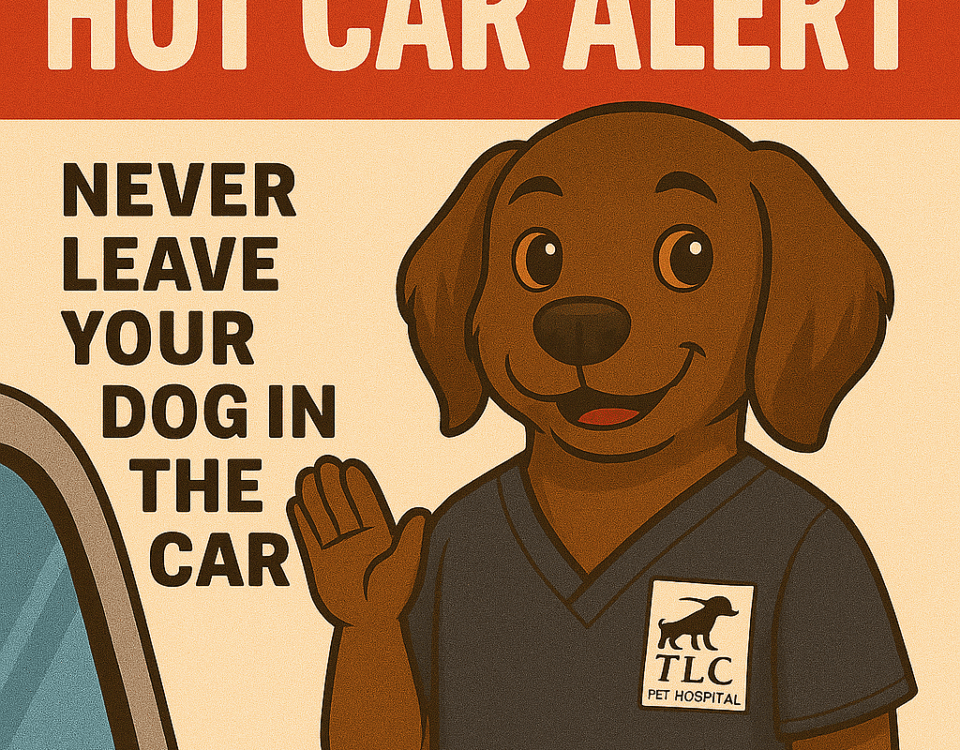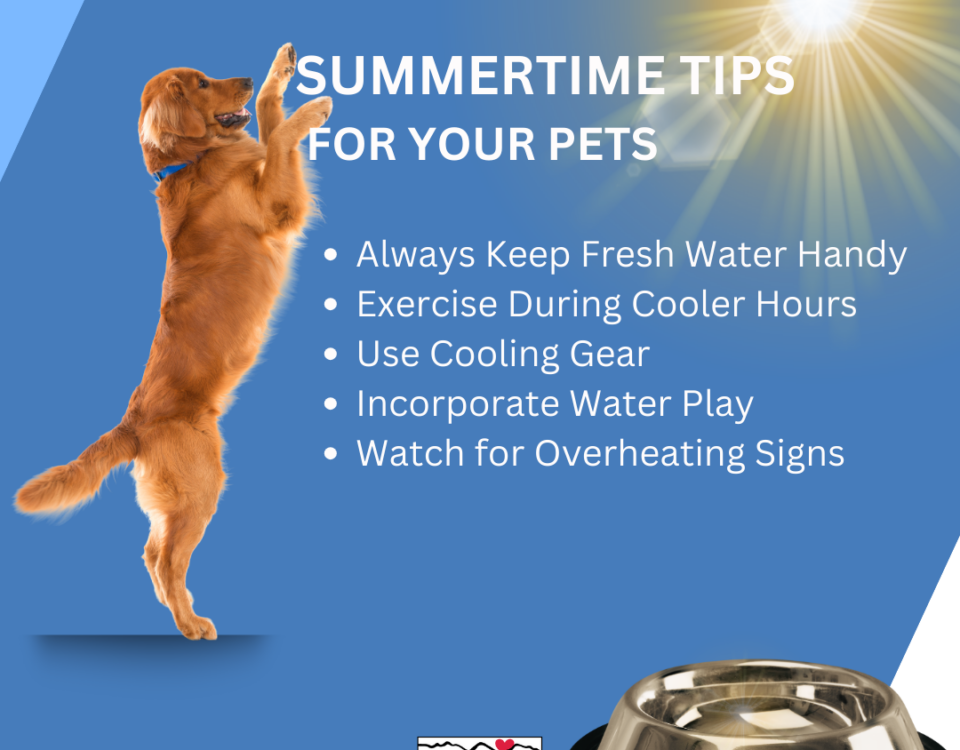Dog Care: Basic
February 17, 2014Vaccinating Senior Pets
February 25, 2014Our pets can get eye infections and injuries just like we can, perhaps more often because of their curious nature getting them into trouble at times. Some breeds are predisposed to eye problems because of their facial anatomy. It is very important to have any irritated eye checked out by the veterinarian because eyes can turn bad very quickly. If a topical ophthalmic (eye medication) is prescribed, it is critical to follow the instructions on the label, apply the medication properly, and have the eye rechecked at the requested intervals.
Having a helper restrain the pet always makes treating eyes easier; however it is possible to administer drops and ointments by yourself if you can’t find an extra set of hands. Eyes are sensitive, and in the case of injury or infection, the pet may be photophobic (turns away from light) and painful. The good news is, after a couple of treatments, the eyes should be much more comfortable.
Always begin with the animal facing away from you. Making eye contact is a dominance display, and some dogs and cats will shy away from you just trying to look into their face. Using one hand, tilt the pet’s head upward. If they seem reluctant, leave the head horizontal with the jaw parallel to the floor. As long as the nose is not pointed at the floor, you will be able to administer the medication. Hold the tube of eye drops or ointment in the other hand between the thumb and index finger. With the palm facing away from you, use the back edge of hand along the pinky-finger to pull the eye open by gently stretching the skin above the eyebrow back toward you. Do not touch the applicator to the eyeball. Squeeze a drop or a thin ribbon of ointment according to the directions onto the eyeball. You can “break off” the ribbon of ointment on the edge of the eyelid as needed. Gently close the eyelids to coat the eye with the medication.
It is very important to repeat the ophthalmic medication as instructed by the veterinarian. In the case of a corneal ulcer (a defect in the clear covering of the globe of the eye), the doctor may have you apply a topical ophthalmic every two hours for the first 24 hours. Corneal ulcers can quickly progress to blindness if not treated aggressively. These patients are referred to as ocular emergencies. If you do not think you are capable of doing this, ask your veterinarian to hospitalize the pet until the dosing regimen is decreased to a frequency you are comfortable with. Work schedules sometimes prevent us from being home to treat our pets adequately when they are ill.
Your pet’s veterinarian may request a recheck. Be sure to follow up as requested. An eye that does not respond to treatment will only become more painful and difficult to treat, and probably more expensive if the condition deteriorates into an ocular emergency.



